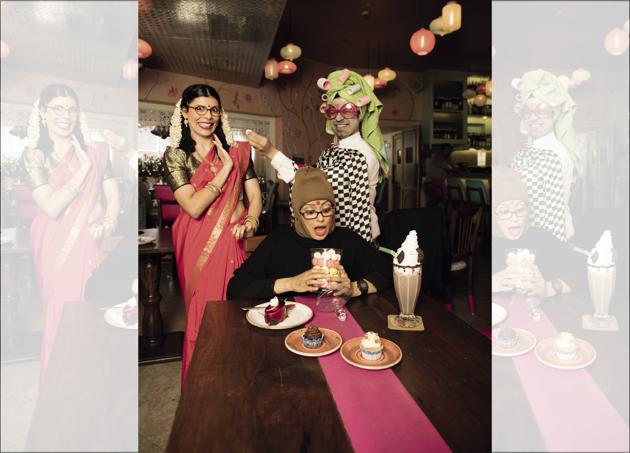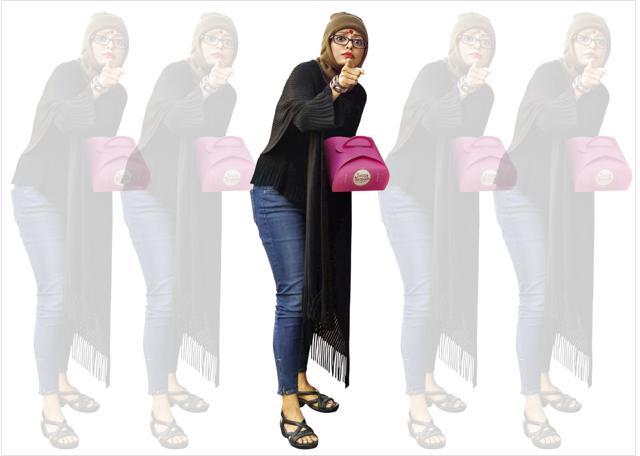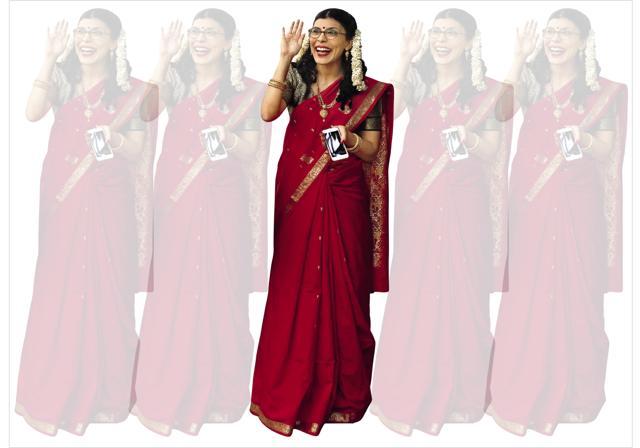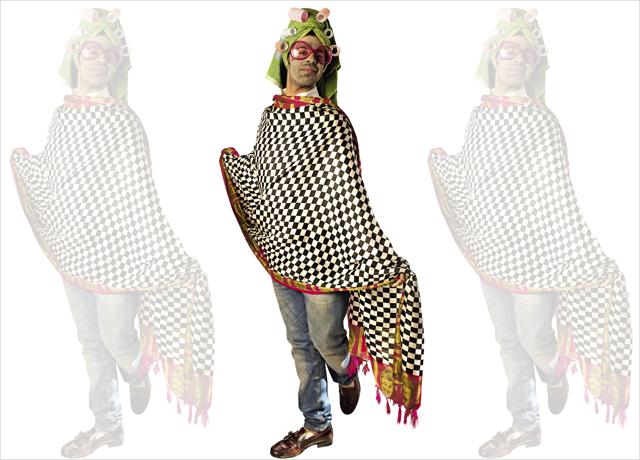Forget Sardar jokes! Indian stereotypes are making jokes on themselves #LolOnUs
Meet the men and women who have created caricatures of their own and become media sensations. we’ve laughed at their jokes... now, let’s feel pride at how their own communities are laughing the hardest!
Social media is a great place to explore contradictions. For instance, on the one hand, you’ll find Sardarjis fuming about Santa-Banta jokes and petitioning the Supreme Court to have them banned. On the other hand, you’ll find Sardarjis sharing Santa-Banta jokes and petitioning the Supreme Court to concentrate on serious cases. Both sides have a point, but if you ask us, we’re all for sharing Santa-Banta jokes. And Sindhi jokes. And Bong jokes. And Mallu jokes. And Tam jokes. Because if there’s one thing that unites most Indians, it’s the ability to spot the funny in the real. Never mind political correctness. Taking that thought forward, we’ve found three cultural clichés who are great at showing us who we are.




Catch your daily dose of Fashion, Health, Festivals, Travel, Relationship, Recipe and all the other Latest Lifestyle News on Hindustan Times Website and APPs.





